|
In the summer of 2014, Berkeley Square was graced by this colorful glass sculpture, The Sun, by Dale Chihuly. Chihuly studied at the University of Wisconsin with Harvey Littleton and has gained widespread international fame. Below, l to r: close-up of The Sun; Lemon/Red Crown, 1989, by Harvey K. Littleton (1922-2013), Milwaukee Art Museum (Littleton founded the Studio Glass program at UW where Chihuly studied); Chihuly at the Milwaukee Art Museum accompanied by my grandson. London's Mayfair, in the City of Westminster, is bounded by Regent Street on the east, Oxford Street on the north, Park Lane on the west, and Piccadilly on the south. In the 18th century, much of this area was being developed from agricultural fields, pastures, and hamlets into a prime residential neighborhood for the aristocracy and gentry. By the late 20th century, sadly, Mayfair was no longer mostly residential. Most of the great townhouses were gone, replaced by hotels and condos, or converted to business headquarters with posh addresses. Nevertheless, it is full of fascination for those of us who revere British history, architecture, and commerce. Below, one of the last remaining townhouses, Crewe House in Curzon St, now the Embassy of Saudi Arabia. Many years ago, Mayfair boasted many of these fine house with gardens front and/or back. Part of one of the grandest is now the Lansdowne Club, just off Berkeley Square. Devonshire House stood on Piccadilly with gardens behind backing up into Lansdowne's gardens so that one had a clear view from Devonshire House to Berkeley Square. Below, Devonshire House photographed in 1896; Lansdowne House as originally built; Lansdowne Club today. Above, blue plaques on the Lansdowne Club, the former home of the Earl of Shelburne (later Marquess of Lansdowne) and Mr. Selfridge, founder of the great Oxford St. Department Store, who lived here and entertained lavishly as seen on the British drama series), and The Adam Room in the Lansdowne Club. When Lansdowne House was partially demolished in the 1930's, the Dining Room was take to New York where it can be seen in the Metropolitan Museum of Art, below, left. On the right, the original Adam Drawing Room with Pompeiian decoration, now to be found in the Philadelphia Museum of Art. Berkeley Square is one of three large squares within Mayfair. Above. two images of Grosvenor Square, the largest and the farthest north and west. On the right, a statue of American President Franklin D. Roosevelt. Grosvenor Square has long been associated with the U.S. diplomatic mission to Britain. Though just a few buildings remain in their relatively original condition, most have been demolished or dramatically altered. Sadly, the U.S Embassy, on the north side of the square is the most egregious example of wholesale destruction, but it will soon be no longer the U.S. Embassy. A new Chancery building is under construction in the Nine Elms District in the South Bank Industrial Zone of London. The Grosvenor Square monstrosity has been purchased by the Quatari government. Below, the current U.S. Embassy, left. ON the right a drawing of the new building, to be occupied in 2017, designed by the American architectural firm of Kieran Timberlake. Above L, Statue of Sir William Pitt the Younger, (1759-1806), Prime Minister of Great Britain, in Hanover Square; R. a long snaking line of persons waiting to get into the Apple Store on Regent Street, near Hanover Square, hoping to snag the newest gadget in September, 2014. Below, L, the exterior of St. George's, Hanover Square, completed in 1725 by architect John James, the parish church of many prominent persons including George Frederick Handel (1685-1759) and scene of many aristocratic marriages; R, the Last Supper by William Kent (1684-1758) surrounded by carvings executed by a pupil of Grinling Gibbons.The interior was redecorated with some stained glass and other features in the Victoria era. More Mayfair Wandering next time!
2 Comments
Helena
2/10/2015 03:29:03 am
Very interesting! I love London't squares, both for providing green spaces and for the architecture surrounding them. It's lovely that such beautiful rooms were saved from demolition and also provide exhibits so far away, for people who might not otherwise be able to see Adam's work.
Reply
Victoria Hinshaw
2/11/2015 10:24:44 pm
London Squares are wonderful...there is a weekend every year when most of them are open to the public. Worth going for!!!
Reply
Leave a Reply. |
Victoria Hinshaw, Author
Archives
July 2024
Categories |


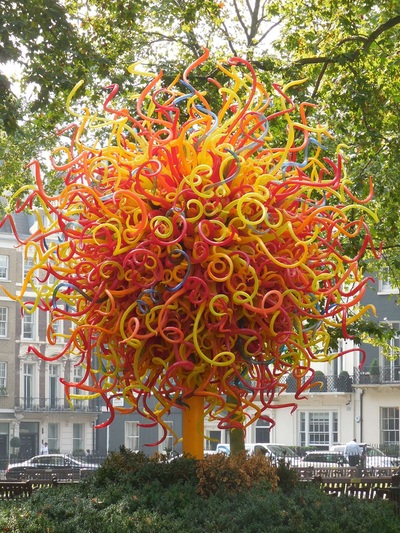
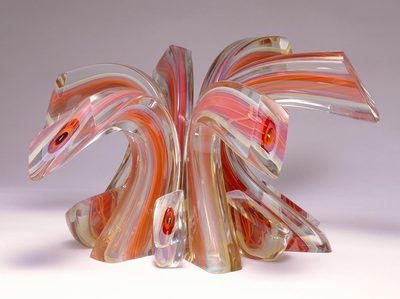

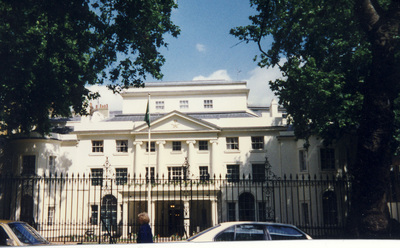
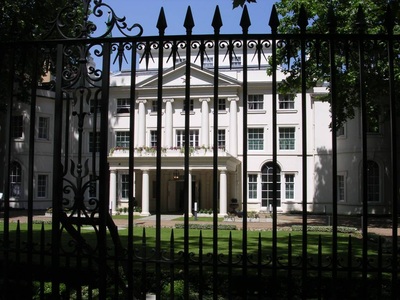

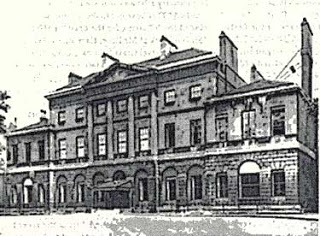


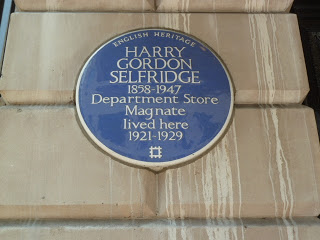
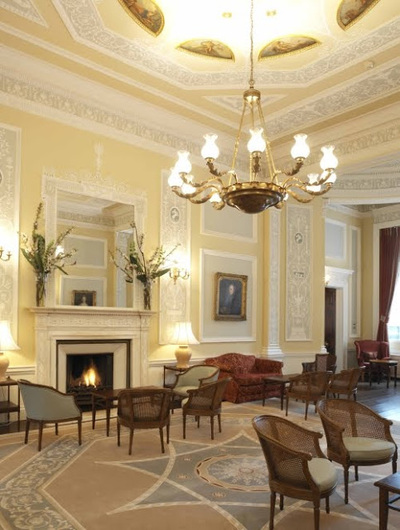


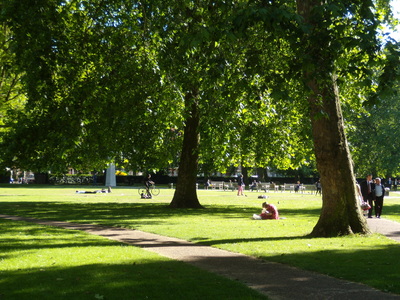
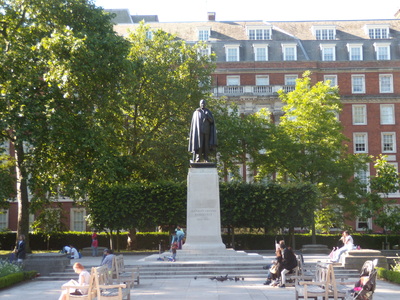
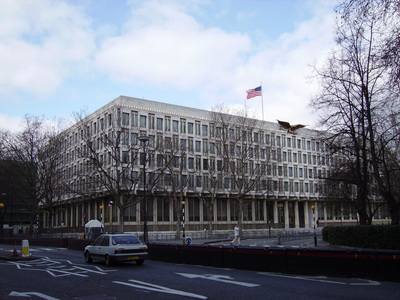
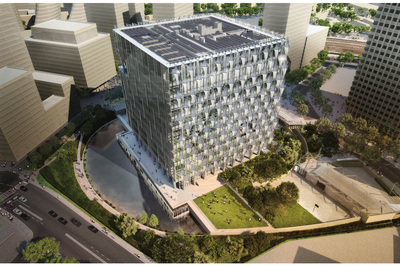
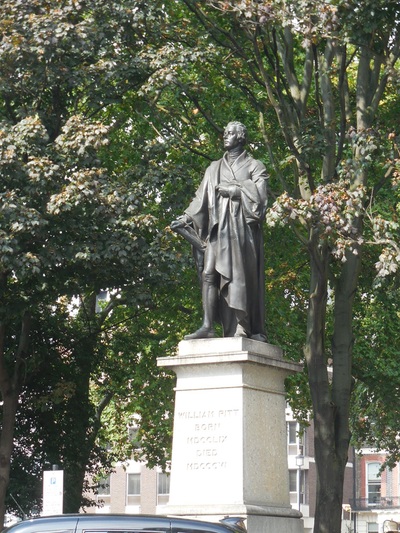
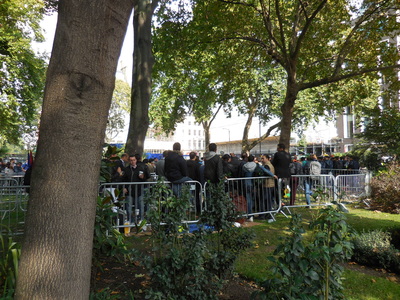
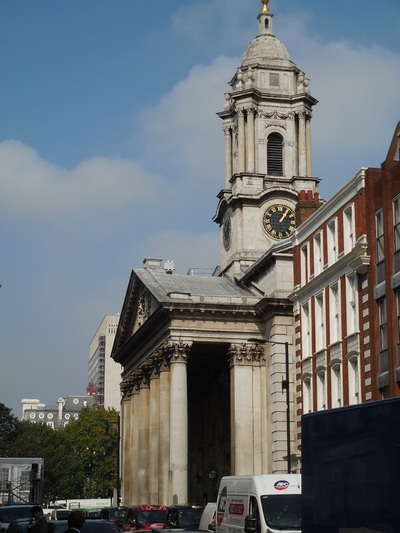

 RSS Feed
RSS Feed